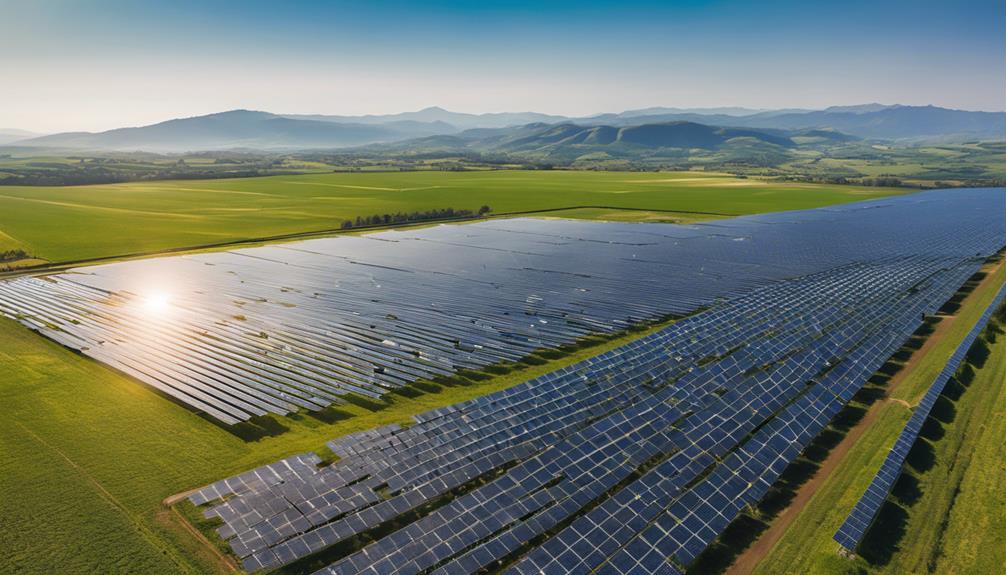
Solar energy is becoming increasingly popular as a sustainable energy source, and understanding how solar panels work is essential for anyone considering investing in solar power. In this article, we will delve into the concepts of series and parallel solar panels, their configurations, advantages, disadvantages, and how they affect solar energy systems. Whether you’re a homeowner or a solar energy enthusiast, this guide will provide you with valuable insights into series and parallel solar panels.
The Basics of Solar Panel Configurations
Before we explore series and parallel solar panels, it’s important to understand what solar panels are and how they function. Solar panels are composed of photovoltaic (PV) cells that convert sunlight into electricity. When multiple solar panels are connected together, they can produce more power, but the way they are connected—whether in series or parallel—drastically affects their overall performance. Each configuration has its own implications for voltage, current, and overall system efficiency.
What Are Series Solar Panels?
Series solar panels are connected end-to-end, meaning the positive terminal of one panel is connected to the negative terminal of the next. This configuration increases the system voltage while keeping the current the same. For instance, if you connect two 12V solar panels in series, you will get a total of 24V. This high voltage is beneficial for reducing current flow through wires, which minimizes energy loss due to resistance. However, one significant downside is that if one panel in the series gets shaded or malfunctions, it can affect the entire string’s performance.
Benefits of Series Solar Panel Configuration
There are several advantages to using series configurations for solar panels. First and foremost, as mentioned earlier, series connections increase the overall voltage output, making them ideal for systems that require higher voltage. This can lead to reduced wire costs and energy losses, making series configurations a cost-effective choice for many solar installations. Additionally, series connections can simplify the wiring and installation process, as there are fewer connections to manage. Finally, series configurations are particularly well-suited for applications where space is limited, as they can produce more power from a smaller footprint.
Limitations of Series Solar Panel Configuration
Despite their benefits, series solar panels also come with specific limitations. One of the most critical issues is the ‘Christmas light effect,’ where the performance of the entire string is compromised if one panel is underperforming due to shading, dirt, or damage. In such cases, the total output is limited to the lowest-performing panel in the series. Additionally, series configurations require careful planning and alignment of panels to ensure that they receive equal sunlight exposure. This can be challenging in installations where shading is a concern, affecting overall system efficiency.
What Are Parallel Solar Panels?
Parallel solar panels are connected in a manner where the positive terminals of all panels are linked together, and the same is done for the negative terminals. This configuration keeps the voltage the same as a single panel but increases the overall current. For instance, if you connect two 12V solar panels in parallel, the system will still output 12V, but the current will double. This setup is advantageous in situations where you want to maintain a consistent voltage while increasing power output, making it ideal for battery charging applications.
Advantages of Parallel Solar Panel Configuration
Parallel solar panel configurations offer several benefits that make them appealing for certain applications. One significant advantage is that if one panel underperforms due to shading or other issues, it will not impact the performance of the other panels in the parallel configuration. This results in greater overall system reliability and efficiency. Additionally, parallel configurations allow for easier expansion of solar systems, as you can add more panels without needing to alter existing connections significantly. This flexibility makes parallel configurations particularly popular among homeowners looking to gradually increase their solar capacity.
Disadvantages of Parallel Solar Panel Configuration
While parallel configurations have their perks, they are not without drawbacks. One of the main challenges is that parallel setups require thicker wiring to handle the increased current, which can lead to higher installation costs. Moreover, maintaining a consistent voltage can be more complicated, especially if the solar panels have different voltage ratings. This inconsistency can affect the performance of the entire system, requiring additional components like charge controllers to manage the output efficiently. Lastly, when using parallel configurations, careful attention must be paid to ensure that all panels are functioning optimally to achieve the desired performance.
Choosing Between Series and Parallel Solar Panels
When deciding between series and parallel solar panels, consider several factors, including the specific energy needs of your home, installation space, and shading conditions. If you live in an area with minimal shading and need higher voltage output, series configurations may be the best choice for your solar energy system. On the other hand, if shading is a concern or you want to maintain flexibility in expanding your system, parallel configurations may be more advantageous. Ultimately, many solar installations utilize a combination of both series and parallel connections to optimize performance based on individual requirements.
Conclusion
In conclusion, understanding the differences between series and parallel solar panels is crucial for anyone looking to invest in solar energy. Each configuration has its own unique benefits and challenges, and the right choice will depend on your specific needs and circumstances. By considering factors such as voltage requirements, shading, and future expansion plans, you can make an informed decision that maximizes the efficiency and effectiveness of your solar energy system. Whether you opt for series, parallel, or a combination of both, embracing solar power is a step toward a sustainable future.





